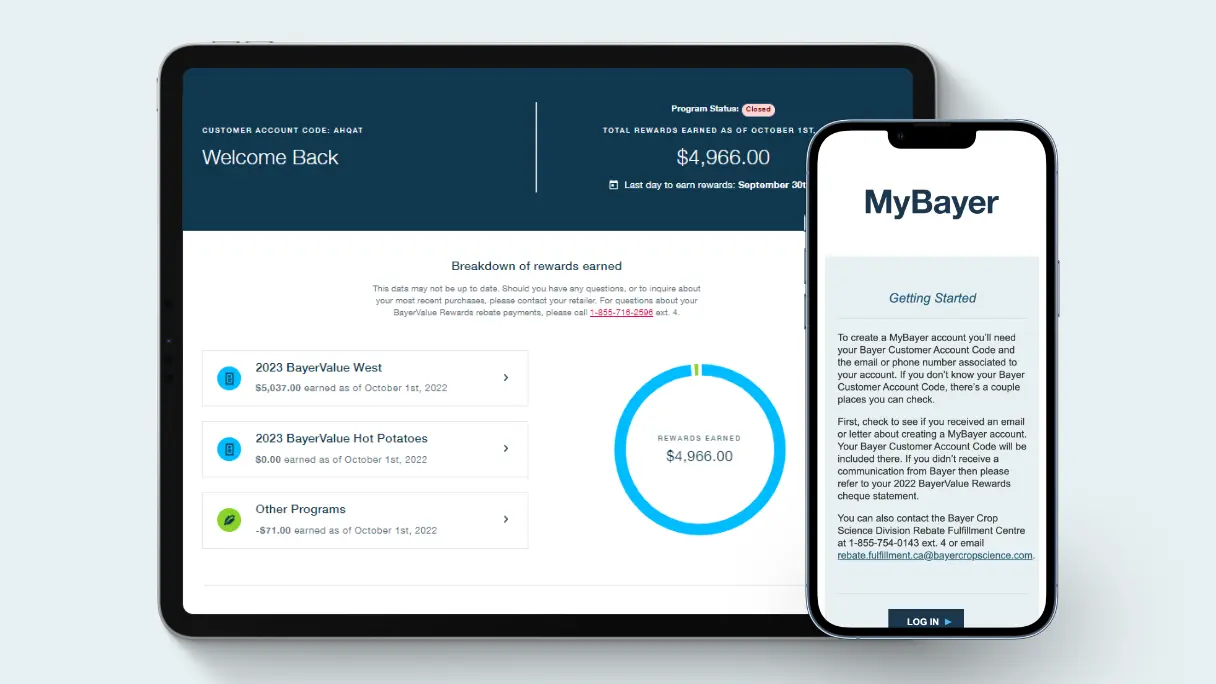4 READ-TIME
Conducting Root Digs for Corn Rootworm
March 8, 2021
Introduction
Root digs are an important part of managing corn rootworm (CRW) and are used to help evaluate CRW pressure and the effectiveness of different control measures. Root digs should take place at the optimum time using the Iowa State University 0 to 3 Node-Injury Scale (NIS) to evaluate damage.
Root Dig Timing
Root damage from CRW is highest when most larvae have completed the third larval stage, which is often around the tasseling stage of corn in July or August. The third larval stage can occur as early as June with above-average temperatures in spring and early summer. Ideally, there is a two-to-three-week window when timing is optimal for digging roots. Digging roots too early before larvae have completed the three larval stages can cause damage to be underestimated. Roots dug after most adults have emerged are often more difficult to wash and rate due to root regrowth.
Considerations During Root Digging
- Five consecutive root balls should be dug in at least three random locations throughout the field. If evaluating the efficacy of different CRW treatments, dig several root balls per treatment.
- Digging roots from an area with no biotech trait to control CRW and/or no soil insecticide can help determine the overall CRW pressure.
- If CRW larvae pressure is light in an ‘untreated’ area, it is likely that feeding differences will be minimal in treated areas of the field and further digging may not be warranted.
- Removing the upper portion of the plant about 30 to 60 centimetres (1 to 2 feet) above the root mass can help make handling (hauling out of the field, washing, etc.) much easier.
- Label the root masses with the treatment if applicable. Permanent marker on duct tape placed a few inches below where the stalk was cut works well.
- Instead of digging the plants individually, it is often easier to dig in a large oval shape around five plants. Loosening the soil around the five-plant area can help keep the root masses intact and still allow separation of the plants.
Washing
Washing roots immediately after digging may remove some of the smaller roots with the soil; therefore, roots should be soaked in a tub of water for 30 minutes or more to help loosen soil from the roots before washing. If CRW larvae or pupae are present in the root ball, they may float to the top of the water while soaking.
Roots should be washed carefully using a pressure washer or strong hose. To avoid unwanted injury, the pressure washer should be on low. After washing, the roots are ready to be rated.
Root Rating
When rating roots, carefully pull the roots back at each node to allow for easier inspection of rootworm scarring and root pruning. The top three nodes should be evaluated, starting with the uppermost node which has roots at least 4 centimetres (1.5 inches) into the soil. Brace roots should not be included in root damage assessments. To assign a damage rating, assess root pruning and scarring using the 0 to 3 NIS rating scale from Iowa State University (Table 1). If regrowth is extensive, consider removing it to more accurately assess damage to the original root system. Feeding scars appear as small, brown lesions (Figure 1A).
If the feeding shown in Figure 1A was the extent of the damage on the root mass, it would receive an NIS rating of 0.05. Extensive feeding can result in larval tunneling, which is not shown in Figure 1.
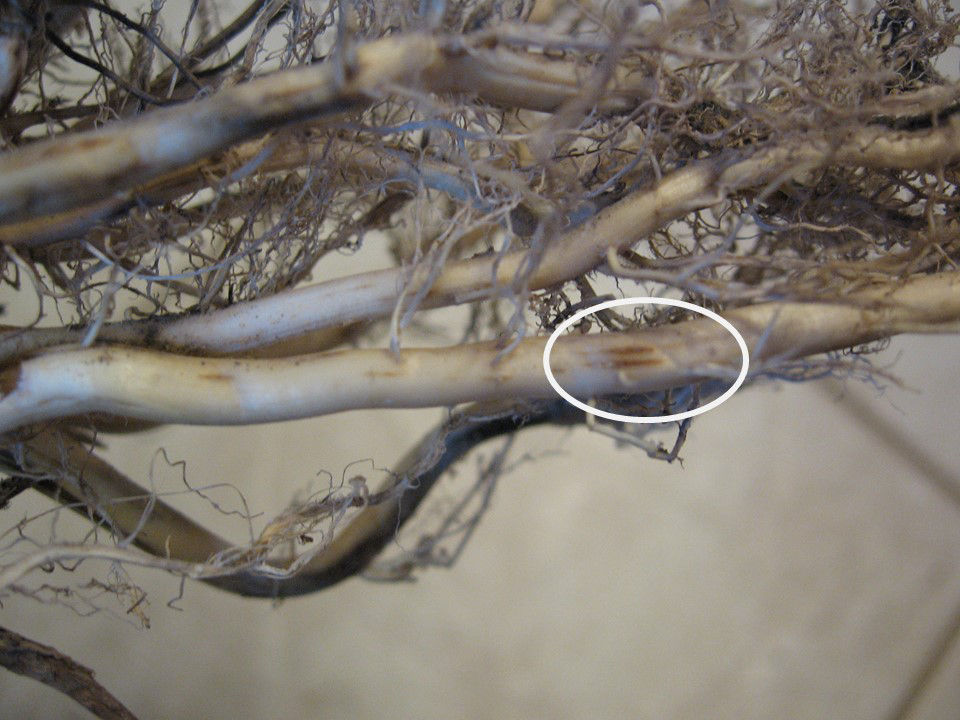
Figure 1A. Extent of damage on root mass.
Figure 1B shows a root tip that has been damaged by CRW. The root is longer than 4 centimetres (1.5 inches) so if that was the extent of the injury on the root mass, it would receive a NIS rating of 0.08. If this root had been pruned within 4 centimetres (1.5 inches) of the crown, it would receive a NIS rating of 0.1. Note the characteristic prolific regrowth of roots just above the injury in Figure 1B.
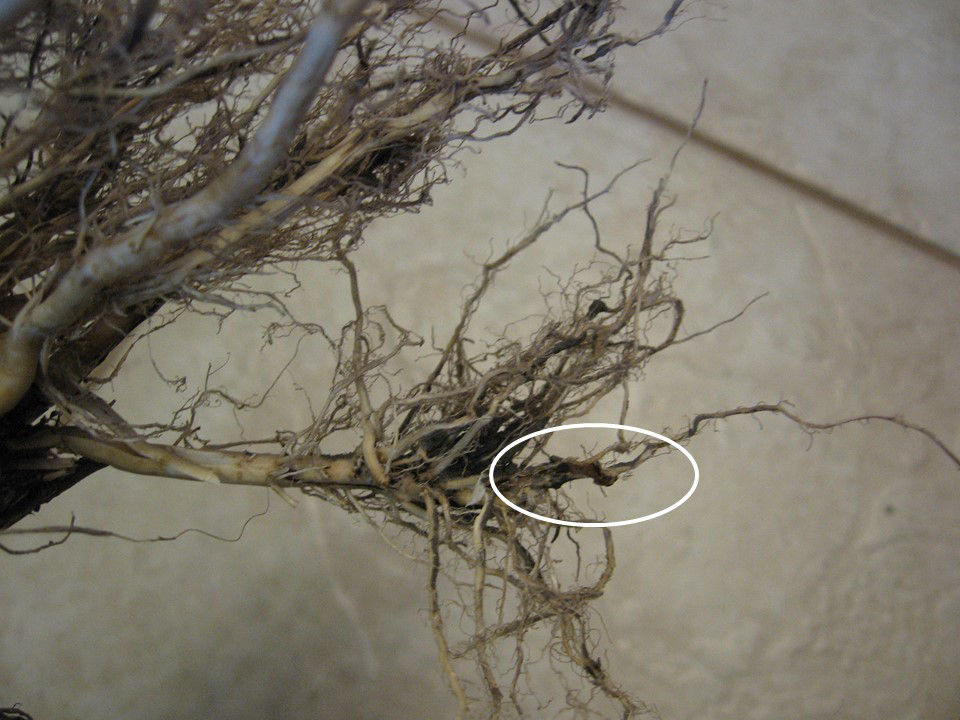
Figure 1B. Root tips had been eaten by CRW.
Figure 1C shows the three nodes that are used for evaluation. On the first node, approximately 50% of the roots were pruned to within 4 centimetres (1.5 inches) of the crown. On the second node, 100% of the roots were pruned to within 4 centimetres (1.5 inches) of the crown. On the third node, 75% of roots were pruned. The NIS root rating would be 2.25.
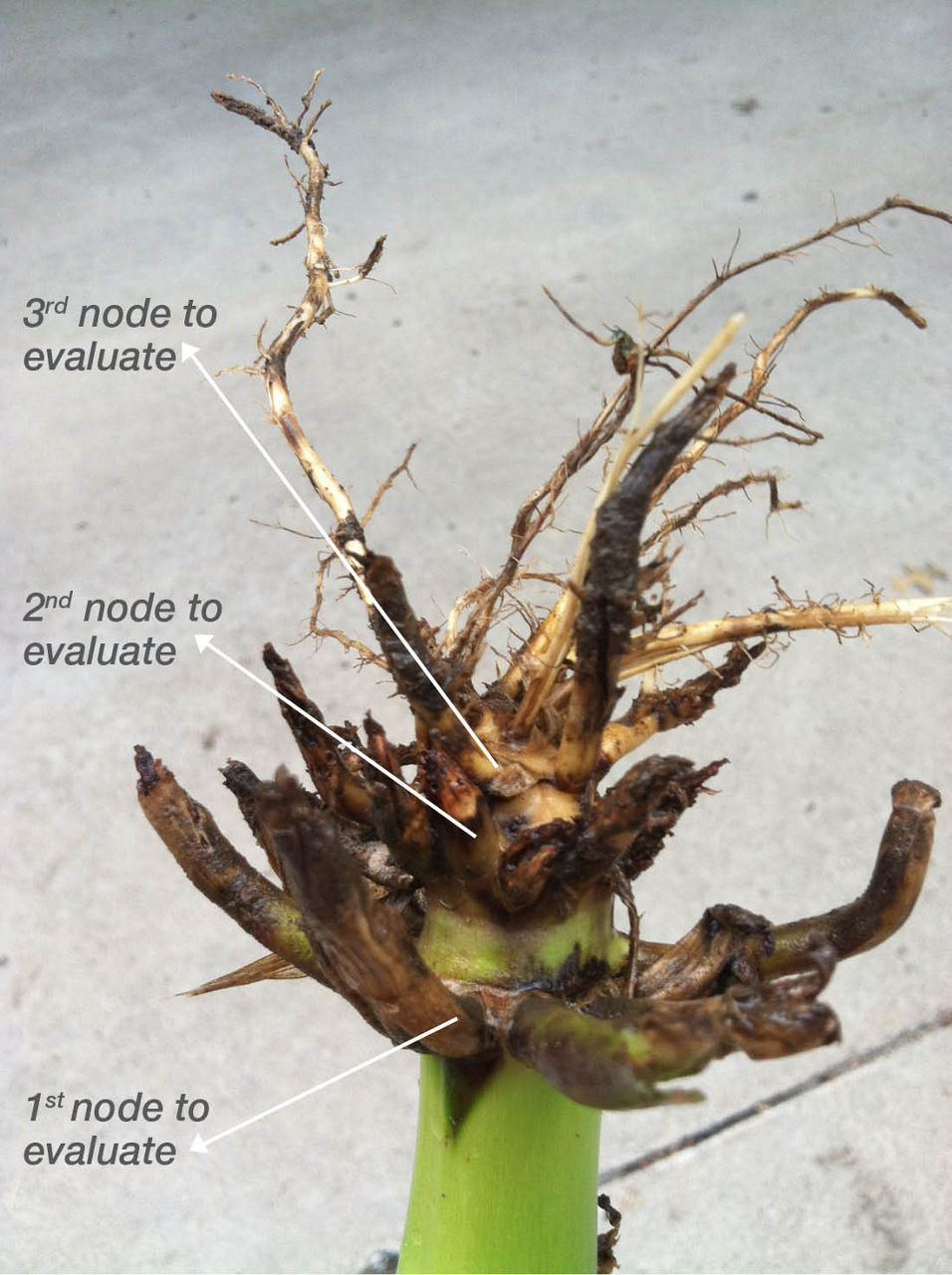
Figure 1C. The three nodes used for evaluation of CRW damage.
Figure 1D shows a closer view of heavy feeding from CRW. The appearance of this type of feeding is different from the visual results of mechanical injury that might occur during the digging process.
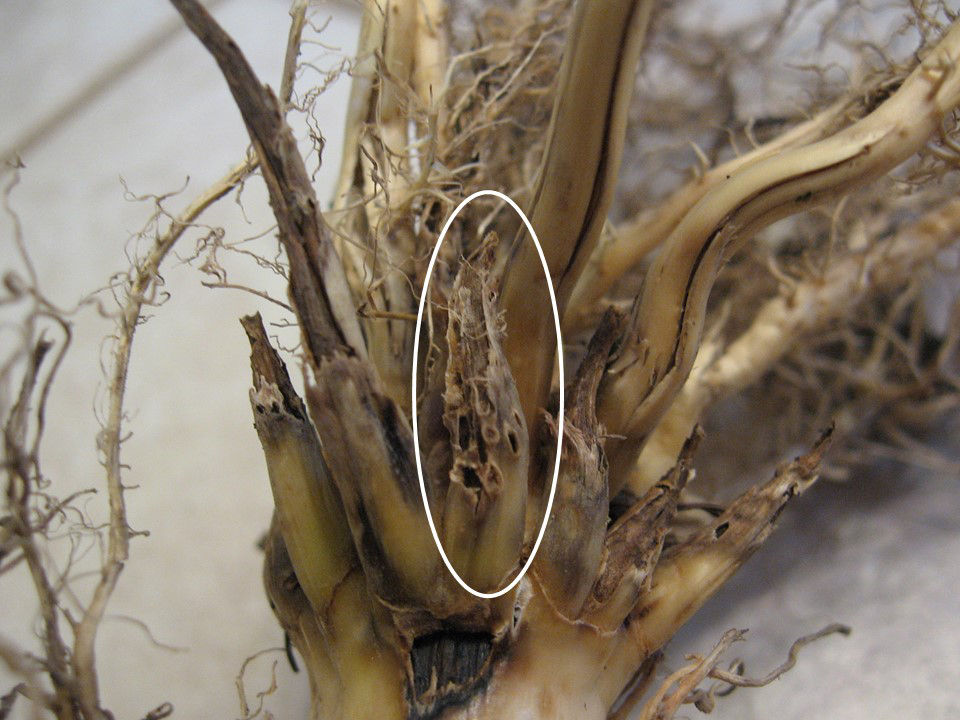
Figure 1D. Heavy root feeding by CRW.
Root Ratings for Management Decisions
Generally, under good growing conditions, a NIS rating of 1.0 is when considerable economic loss is likely to occur. However, under adverse conditions, especially drought, a NIS rating of 0.25 can be enough to cause economic loss. It is important to consider the average NIS rating and consistency when evaluating options for managing CRW. Consistency of protection refers to the percentage of NIS ratings that are less than 0.25, the economic threshold under droughty conditions.
Table 1. NIS rating for root injury by corn rootworm.
| NIS Rating | Root Injury Description |
| 0.00 | No visible root injury |
| 0.05 | Root scarring |
| 0.08 | Severe root scarring or roottips pruned beyond 4 centimetres (1.5 inches) of crown 10% of anooe pruned (often 1 root) within 4 centimetres (1.5 inches) of crown |
| 0.10 | Severe root scarring or roottips pruned beyond 4 centimetres (1.5 inches) of crown 10% of anooe pruned (often 1 root) within 4 centimetres (1.5 inches) of crown |
| 0.25 | 25% of anooe pruned within 4 centimetres (1.5 inches) of crown |
| 0.75 | 75% of anooe pruned within 4 centimetres (1.5 inches) of crown |
| 1.0 | A full node pruned within 4 centimetres (1.5 inches) of crown |
| 1.5 | One full node and 50% of another node pruned within 4 centimetres (1.5 inches) of crown Two full nodes pruned within 4 centimetres (1.5 inches) of crown |
| 2.0 | Three full nodes pruned within 4 centimetres (1.5 inches) of crown (maximum value) |
| 3.0 | One full node and 50% of another node pruned within 4 centimetres (1.5 inches) of crown Two full nodes pruned within 4 centimetres (1.5 inches) of crown |
References:
Oleson, J.D., Park, Y.L., Nowatzki, T.M., and Tollefson, J.J. 2005. Node-injury scale to evaluate root injury by corn rootworms (Coleoptera: Chrysomelidae). Journal of Economic Entomology. 98(1):1-8.
Legal statements:
Performance may vary from location to location and from year to year, as local growing, soil and weather conditions may vary. Growers should evaluate data from multiple locations and years whenever possible and should consider the impacts of these conditions on the grower’s fields.
©2021 Bayer Group. All rights reserved. 5001_S1_CA
